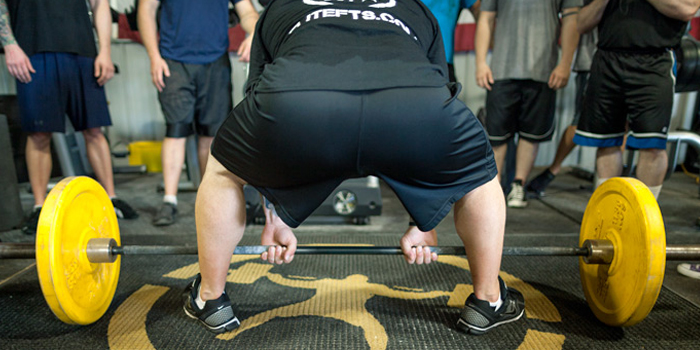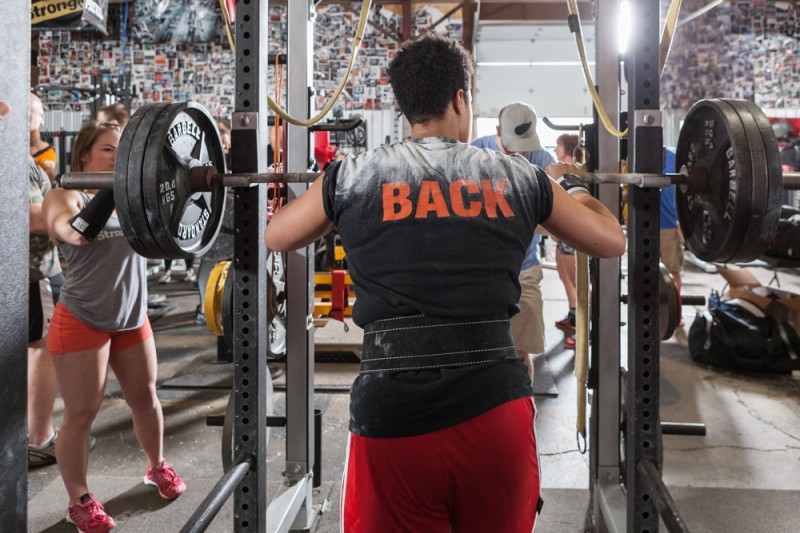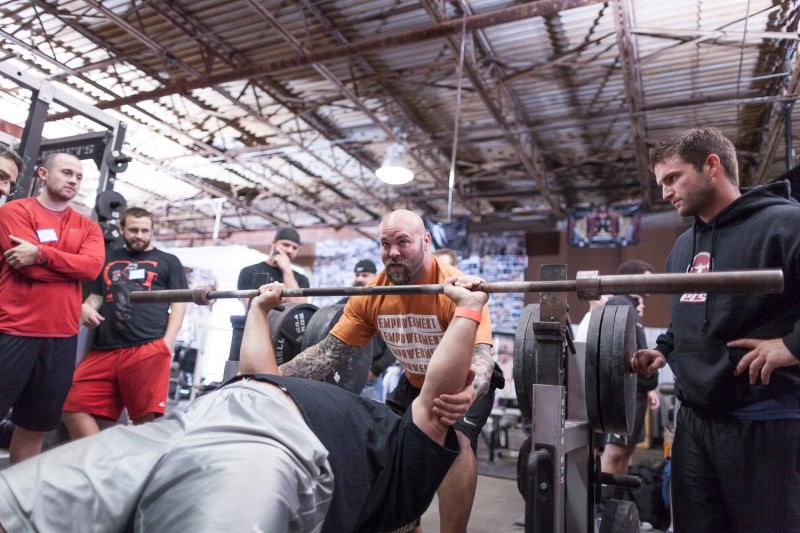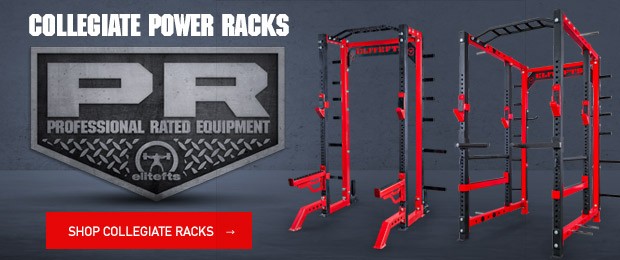
The joke of my story, being a scientist rather than strength coach or athletic trainer, is that I look to what athletes are told is physical conditioning, knowing how sloppily many truly train. If football is described as a sport of inches, then training is the science of millimeters. If your goal is to improve, what scrutiny you’re willing to be measured plays the most important component of how we distinguish ourselves.
With current participation to impact our military elite, most would rather deem it a schizophrenic rant than actually possible. For the unknowing, I’m continuously berated by those with far lesser education claim teaching students of my level is my fantasy to cover up the fact what I teach doesn’t work.
Rationalizing away, my mental illness is easy for most because their flimsy proof is that I’m not connected with any formal sports program. I mean, the assumption is every team is looking for an advantage, so if I don’t train any professional group of athletes, it must be because what I teach doesn’t work.
While the fantasy most choose to believe, sadly, it’s not the real story. I have trained a team. This means while such hopeful delusions swirl about me to discredit my philosophies, the results speak for themselves.
RECENT: How to Improve Your Vision
In fact, the last time I had the opportunity to train a Division II collegiate football team, I produced their first winning season in five years.
Of course, the joke was while the head coach was basking in the limelight for the miraculous newfound record, rightful recognition goes to who truly mattered in making that happen. The team trainer was willing to make a difference in their dismal record and try a radically new approach.
My relationship with the team’s trainer began early in my research on preventing ACL tears actually. In discussing my training theories and methods, he invited me to play in the gym over the summer to improve their miserable record, hopefully. He is one of the few in sports to understand that if I could reduce injury rates, improved performance would be its natural byproduct. Doing so also made history because it was the first time in sports biomimetic training was formally introduced.
While the trainer was fully confident that I would be an asset to players, the strength and conditioning coach wasn’t thrilled at all from the get-go. Besides having an outsider come into his fiefdom, it didn’t take long to set the standard for what kind of impact I knew I could have with his players.

After the first day of observing, my second began with walking around the room, introducing myself, and when possible, giving the players a few lifting and stretching pointers as I meandered about. It was coming upon a player attempting a squat PR, which set the SC’s head on fire.
Every player was only allowed three attempts to lift a new personal weight record per the coach’s rule. I stood silent in watching his first two failed attempts. After listening to the coach's fully predictable advice for his lacking success, I stepped in and offered an introduction to how I teach traditional lifts.
What nobody was ready for was my pulling out a tape measure from my pocket as I walked up. For the rare few of you who might already use one, I’m sure you can relate to what clients' faces look like when they first see it. It was obvious neither had the team’s strength coach or any player either.
In my world, if you’re lifting 50 percent of your ability, I really don’t care about your form. If you’re attempting a new PR, then it’s my responsibility to calibrate a proper setup. This is where the tape measure comes into my story. How I use it is what opens an athlete’s eyes.
I let the lineman get into position as he would try one last time. However, instead of letting him begin his effort, I stopped him. That’s when I brought out my tape measure and went to work. I stepped to the edge of its weights and began pulling the metal strip down the bar towards the side of the player’s hand. Walking to the other end of the bar, I repeated the tape measure stretch to record the distance from the same place on the bar to the side of his opposite hand.
My story is that the bar placement of his hands wasn’t of equal measure from the weights. In fact, they differed by almost half an inch.
For many lifters, that might not seem like much. However, if you’re going to ask your body to perform a task it’s never done before, then paying attention to the most subtle details can mean the difference between lifting failure and success. Attempting a new PR is a monumental stress load to the body. Every muscle requires maximum power output. Coordination in use is crucial in making any small performance jump.
My focus of this piece is that new PRs are determined far more by your skeletal skills, as I call them, than the strength of any muscle individually. To what detail you set one’s skeletal system in proper form is to make sure every measurement that matters is properly taken and adjusted for.
It’s the trainer’s task to ensure every joint in the body is in an equal position in relation to the bar, not only with the body but also with the weight itself. And if you’ve never seen anyone use a tape measure to the extent I do, then you’ll understand the difference between being a competent strength and conditioning coach and someone who truly understands the science behind their profession.
It doesn’t really matter what sport or activity you participate in; millimeters matter.
One would think that a lifter would want the same thing, but when I measured where his hands were, I then measured the distance between hand placement and the actual center of the barbell. Funny, that measure wasn’t equal either.
In the human body, I constantly measure 17 points through any instructed movement. The tape measure of just hand placement on the bar was merely the first of many lifting variables I seek in making sure all points move equally in motion through the lift.

If hand placement on a barbell is unequal in measure, that weight load inconsistency will be merely the start of skeletal distortion through the lift attempt.
Aside from a tape measure or ruler, I’m also known for bringing a roll of masking tape with me as an instruction tool as well. With private clients, I wrap the centerline of the bar with a piece of masking tape. From there, I measure for proper hand alignment. I also have a string with a small weight attached. Hanging from the barbell centerline, I let it mark the floor placement under the tape and record that point as well.
From there, I make a tape cross on the platform to give myself and the client an X and Y axis view of the lift. It allows both of us an additional visual guide point and a reference point when looking at the rest of the athlete’s body position in preparation for an attempt.
Academics refer to the body’s centerline as the midsagittal plane. How any lifter is referenced against such measure determines one’s attention to detail and prevents lifting injuries. Having the weight properly centered and measuring hand placement is my start towards refining body position through any lift.
The tape cross on the floor highlights the centerline, not only in a more obvious way but also as a measuring reference for a client’s foot position. In biology, with four-legged athletes, the term is their gauge measure to how far apart an animal’s front legs are in locomotion and how far apart their hind legs are in trackway prints.
Since we don’t squat with our feet in a parallel position, outward foot rotation now gives me four true calibration points. Obviously, the heels will be closer to the tape centerline. I use the index toe as a measuring point along one of its joints to create two distinct variables in each foot.
With an XY axis grid to map the floor, the tape measure also proved other variables hindering the player’s efforts.
Were his heels equidistant from the centerline? Of course not.
Were the index toe measures equidistant? Not at all.
But far more important to the athlete, the tape measure also proved another variable few consider. And that was in asking if each foot had equal angles of turnout in stance. In any lift, or physical movement, outward foot rotation in placement determines how much torque load pressure will be placed on the knees through the process. Having differences in outward rotational angles of the feet forces one knee to absorb greater stress than the other.
So many write about injury rehabilitation, yet few of them understand what truly causes them. It's highlighted by how rare a tape measure or ruler is found in any gym environment.
Also, an important measure in feet is their relationship to the X-axis of my floor grid. Is one foot closer to the line and bar than the other? If true, then the weight and body will rotate once the weight is off the floor and unnecessarily increase torque loads to the spine through the lift.
With runners, I tell them to optimize economy. It’s their skill to spread out the impact forces of landing as equally as possible throughout the body with each step. If we run with an impact force of four times our body weight, it serves as a guide for the weightlifter in managing weight of a lesser stress ratio to the body.
After properly adjusting my player's bar grip placement and foot positioning, his other body points were aligned easily. And after a full walk around making sure he was symmetrically aligned, I cleared him for his last attempt. Of course, his lift was successful.
The ripple effect of one player’s accomplishment opened the door to the team's interest and respect for what I teach and why. In that year, what was a previous 2-9 record, became a 7-4 season of accomplishment. In fact, the coach himself was nominated for coach of the year honors.
In gratitude, my time with the team provoked the strength coach in having me kicked off campus. In concert and utter cowardice, the head coach refused to let the trainer speak with reporters from our state’s largest newspaper interested in what I was doing with them.
And without me, the team returned next season to a phenomenal 3-8 result.
The story's punchline is that the head coach was gone soon after since he couldn't reproduce the same results I gave them. But in the end, the factual evidence to successfully applying biomimetic training in sports is now well cast in stone. The real story in print proves it a viable training philosophy to follow and integrate into your routines.











3 Comments